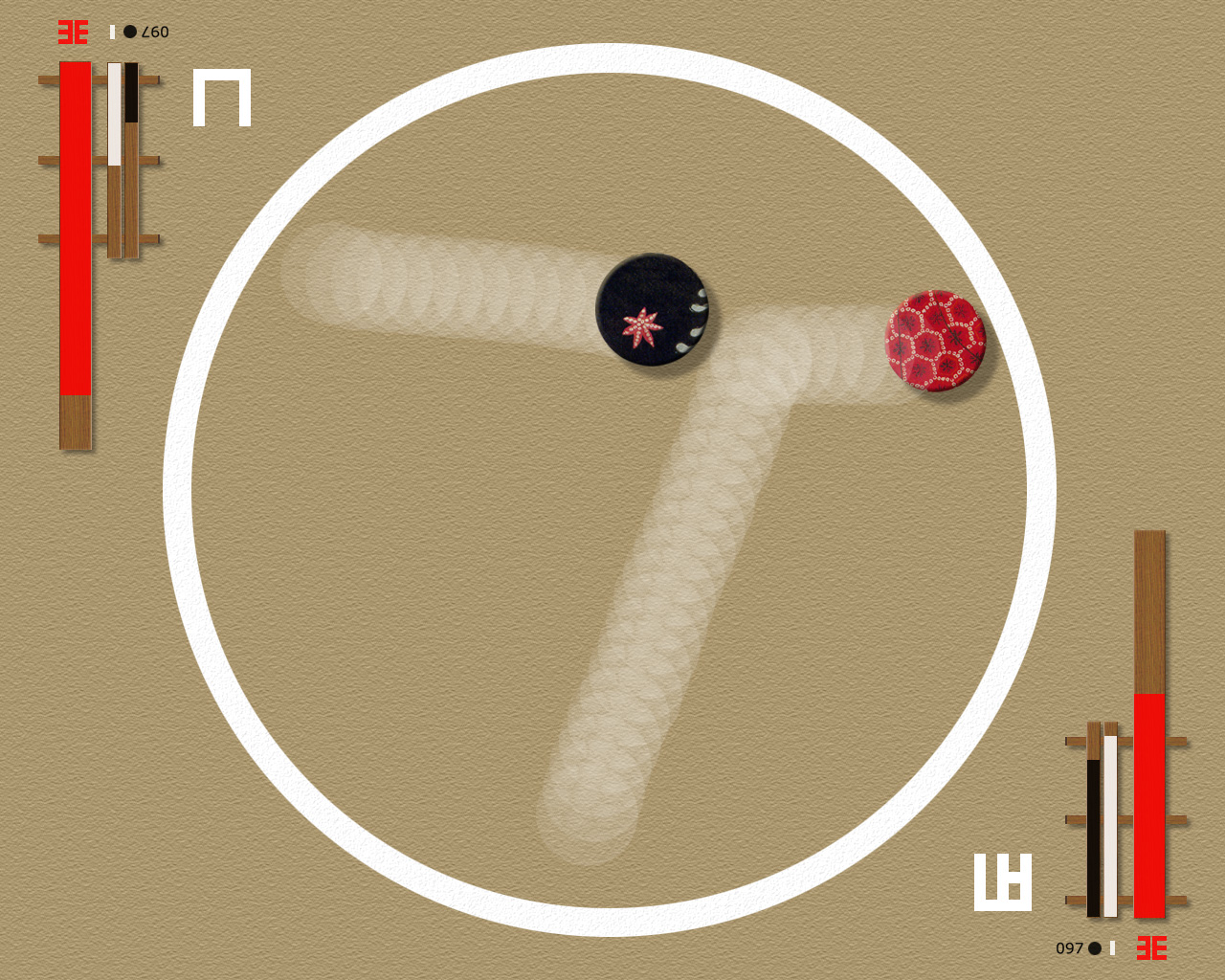ARENGARIO MONZA
Arengario Monza
March 16th 2006 - May 14th 2006
One-men show of MARIO CANALI
Mario Canali (Monza,1952) began his artistic work in 1975 as a painter, subsequently devoting himself to electronic and digital art, of which he has been a pioneer and a leading exponent in Italy. Since 1985, together with Flavia Alman, Sabine Reiff and Riccardo Sinigaglia, he has been an active member of the research and electronic art group "Correnti Magnetiche".With this group he has produced audiovisual works that have received awards at the leading national and international exhibitions in the sector. Since 1992 (with the collaboration of the psychologist Elio Massironi, the computer expert Marcello Campione and the woodworker Leonardo Aurelio) he has been involved in research in the field of virtual reality, producing interactive installations experienced by tens of thousands of people. Satori (1993) was one of the first installations in Europe to use immersion in virtual reality for expressive purposes. In his subsequent Oracolo-Ulisse (1995) Canali started experimenting with interactivity using body parameters which, joined to the intentional activity of the participant, generate images, sounds, scenarios. This research, which is ongoing, also comprises the installations Ritmi and Neuronde (1997), whilst EmX (1999, presented at Techne 01) uses motor recognition patterns, and Scribble Test (2002, present at Techne 02) gives a psychological interpretation of the participant's graphic production. Since 1998 he has been promoting social interaction projects characterized by the use of technology, as well as the performing arts and the circulation of a digital philosophy. In 1999, in a disused industrial area of Sesto San Giovanni, he designed a Centre for Cultural Activities which promoted the exhibition Fragments. From 2000 to 2002 he created and directed Ludialydis, a psychobar meeting place and centre for the experimentation and production of events. In 2003 he brought to life the Arcnaut project,which links the production of installations and interactive objects to the conceptual investigation of the interaction between art, science and philosophy.


